Clandestine hunters of the night
This page is only available for mobile

Neither bird nor mouse - the bat
Clandestine hunters of the night
Bats are the only mammals capable of actively flying. Sixteen species live here in the Osnabrück region. During the day they hide in tree hollows, under loose tree bark, or in nesting boxes, but also in cracks in the wall, under loose roof tiles, and in attics. They awake at twilight and, making agile flight maneuvers, they hunt for food like insects and spiders. Bats orient themselves using echolocation. They emit ultrasound tones through their mouth and nose and catch the echoes of these sound with their ears.
Threatened specialists
All bats hibernate during the winter when food is scarce. To hibernate, they need frost-free, humid quarters, such as draft-free caves or tunnels, cellar vaults, or tree hollows. Even in summer they need protected quarters for their nursery roosts, in which the females raise their young. The waning availability of suitable quarters and the alarming decline in their food source, the insects, threaten their existence.
Today here - tomorrow there, bats are very mobile and enjoy socializing
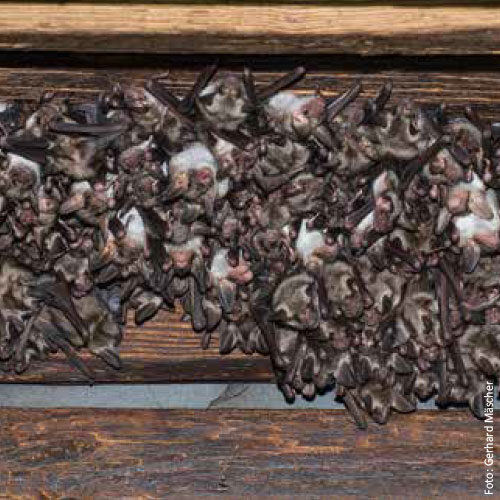
Bats like to move around. In summer they often switch back and forth between several locations. Females live socially in colonies, in some species also the males. When changing to winter quarters, they can cover distances of over 1,000 kilometers (>650 miles). The picture shows a nursery colony of the Great mouse-eared bat in Ledde (Tecklenburg).
Bat species in the Thiergarten forest in Bad Iburg.
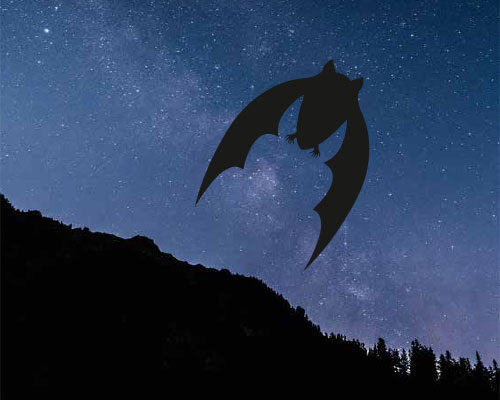
Common pipistrelle bat
The smallest and most common species is the common pipistrelle bat. It has short blackish brown ears and dark brown fur. It catches and eats mosquitoes and flies while in flight. It prefers to live in small gaps in buildings. In the summer half of the year it often appears just before sunset.
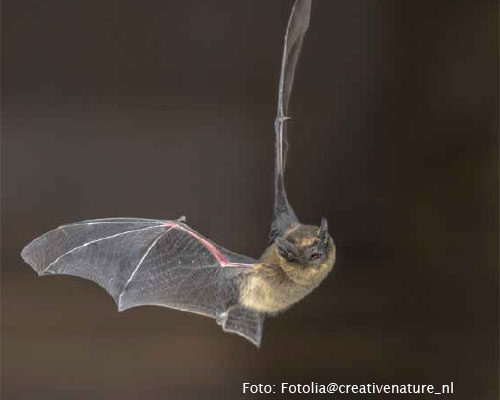
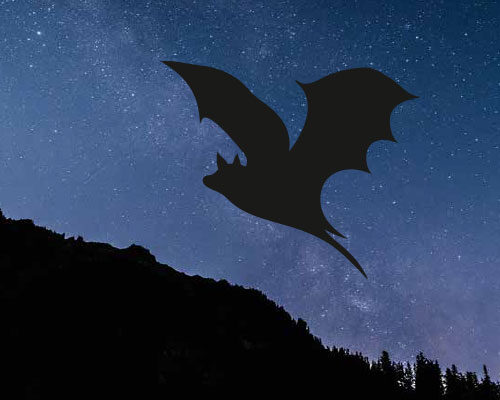
Daubenton's bat
Daubenton's bat is about the size of a sparrow and has strikingly large feet. Its dense fur is brown and on the belly side gray. Soon after sunset, in winding flight close over the surface of water and marshes, it chases mosquitoes, mayflies, and butterflies; sometimes even small fish.
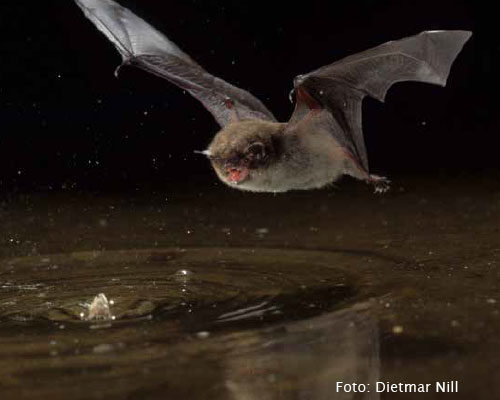
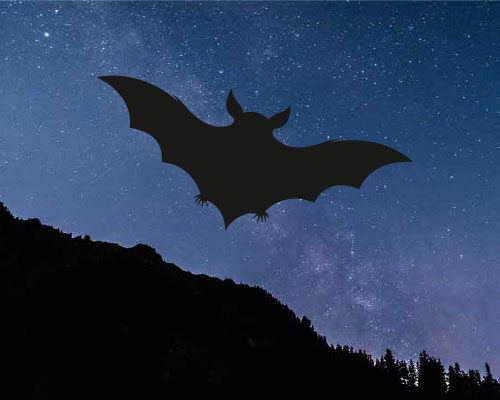
Brown long-eared bat
When laid forward, the delicate ears of the brown long-eared bat extend far beyond the tip of their nose. They hunt in forests, where they catch insects and spiders while in flight or they pick them up from vegetation by hovering. They use certain feeding places where large quantities of bitten off wings from moths tend to collect.
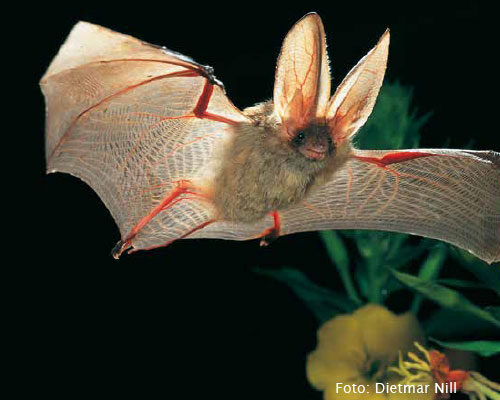

The bat is an amazing animal. It can fly like a bird but has no feathers. It has fur and wing membranes or “patagia” that it opens with its fingers and arms. It is not a mouse, because it does not have any teeth and mainly eats insects and spiders. But, like the mouse, it is a mammal and feeds its baby with milk. During the day it sleeps hanging upside down and is active at night. It is not blind, but “sees” best with its ears.
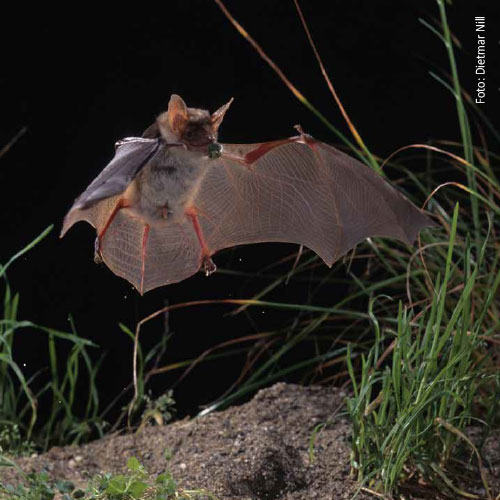
The mouse-eared bat eats mainly ground beetles, which are collected "on foot" from the leaf litter in the forest floor. Its nursery roost is often in the roof trusses of churches. In our region, we have several well-known locations.
